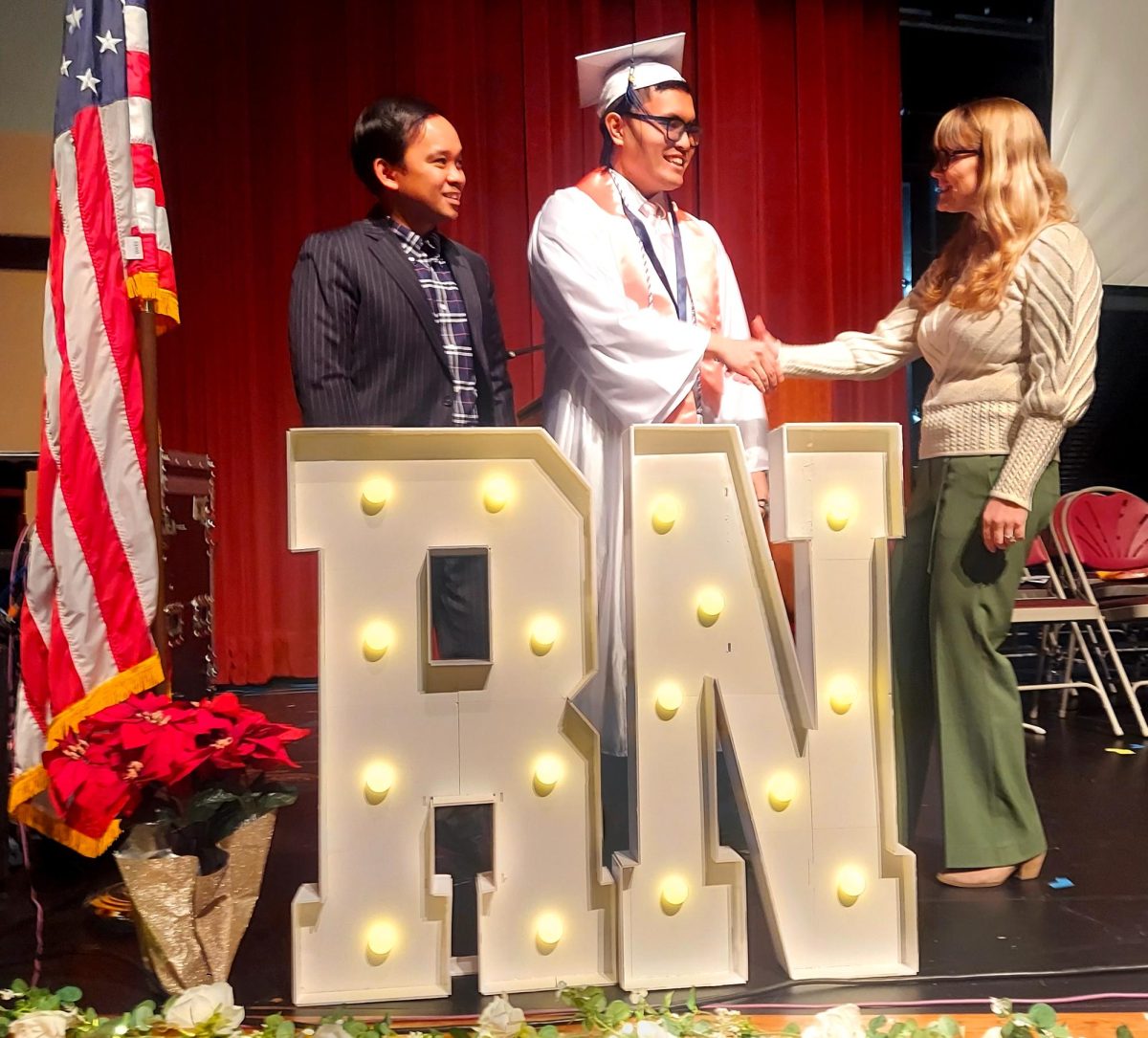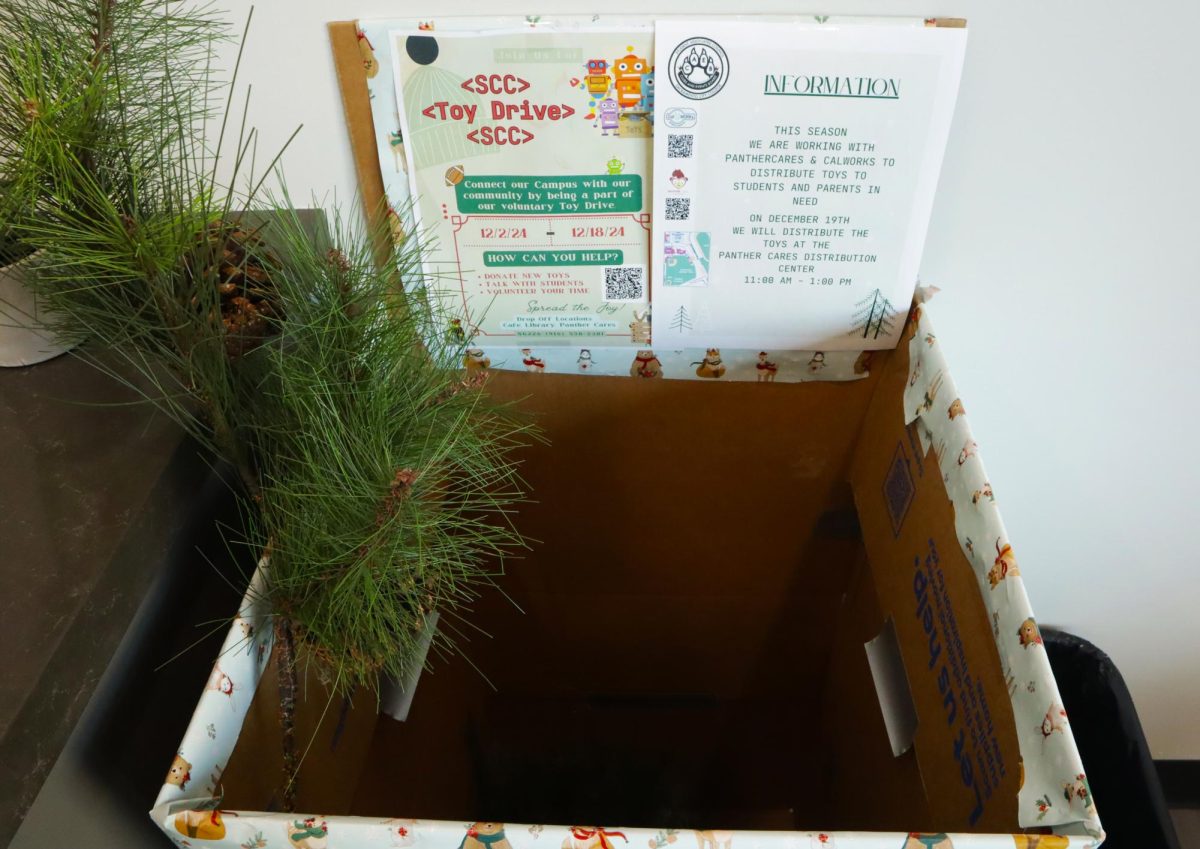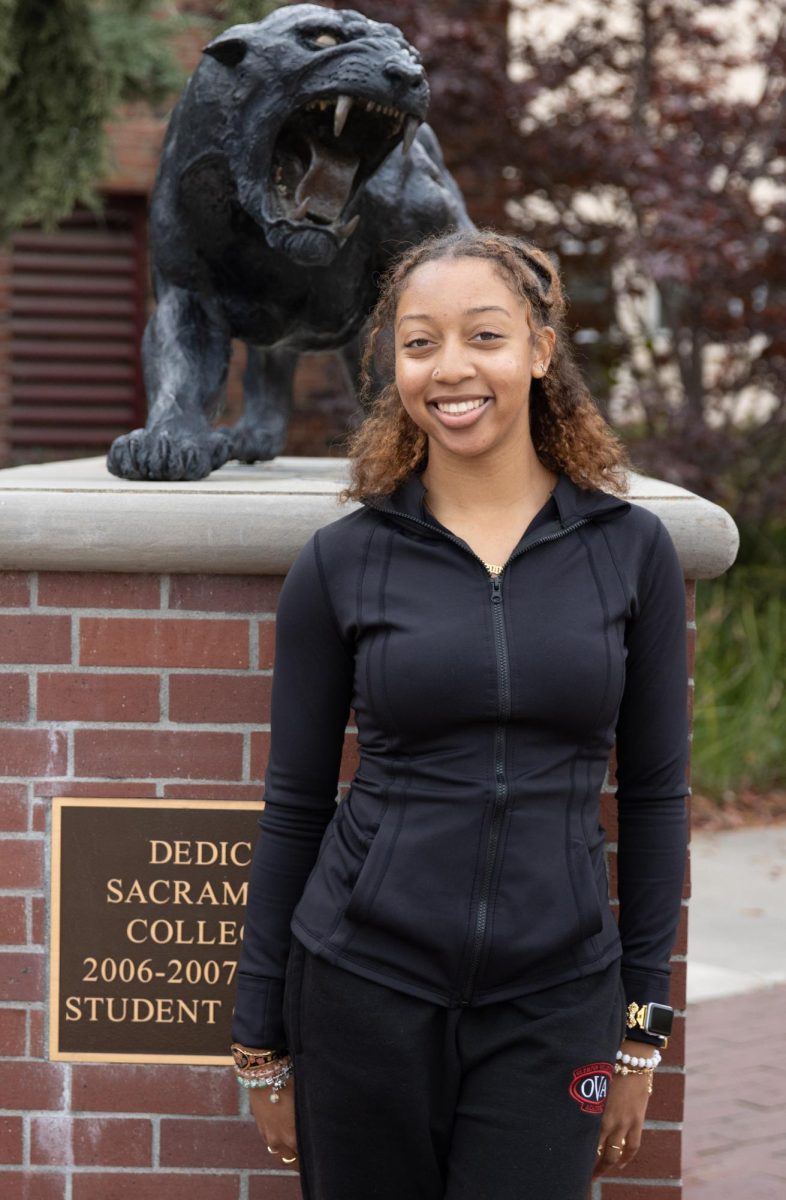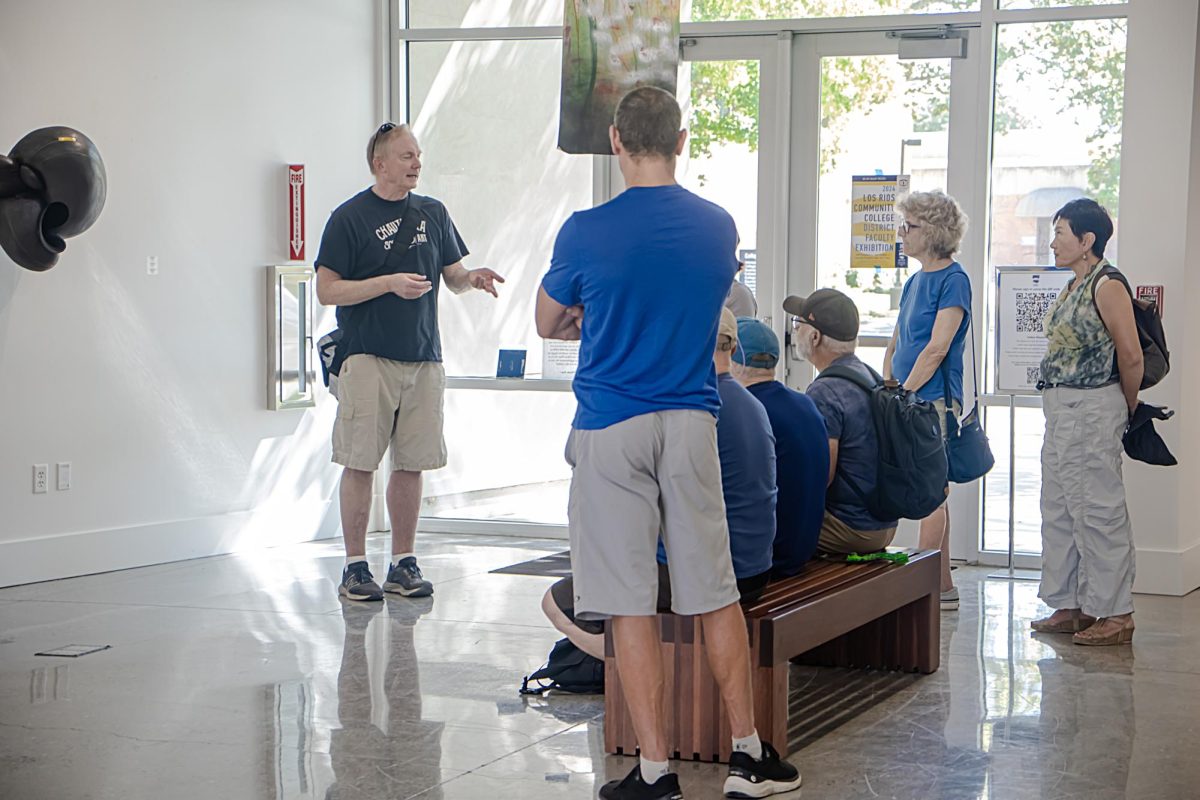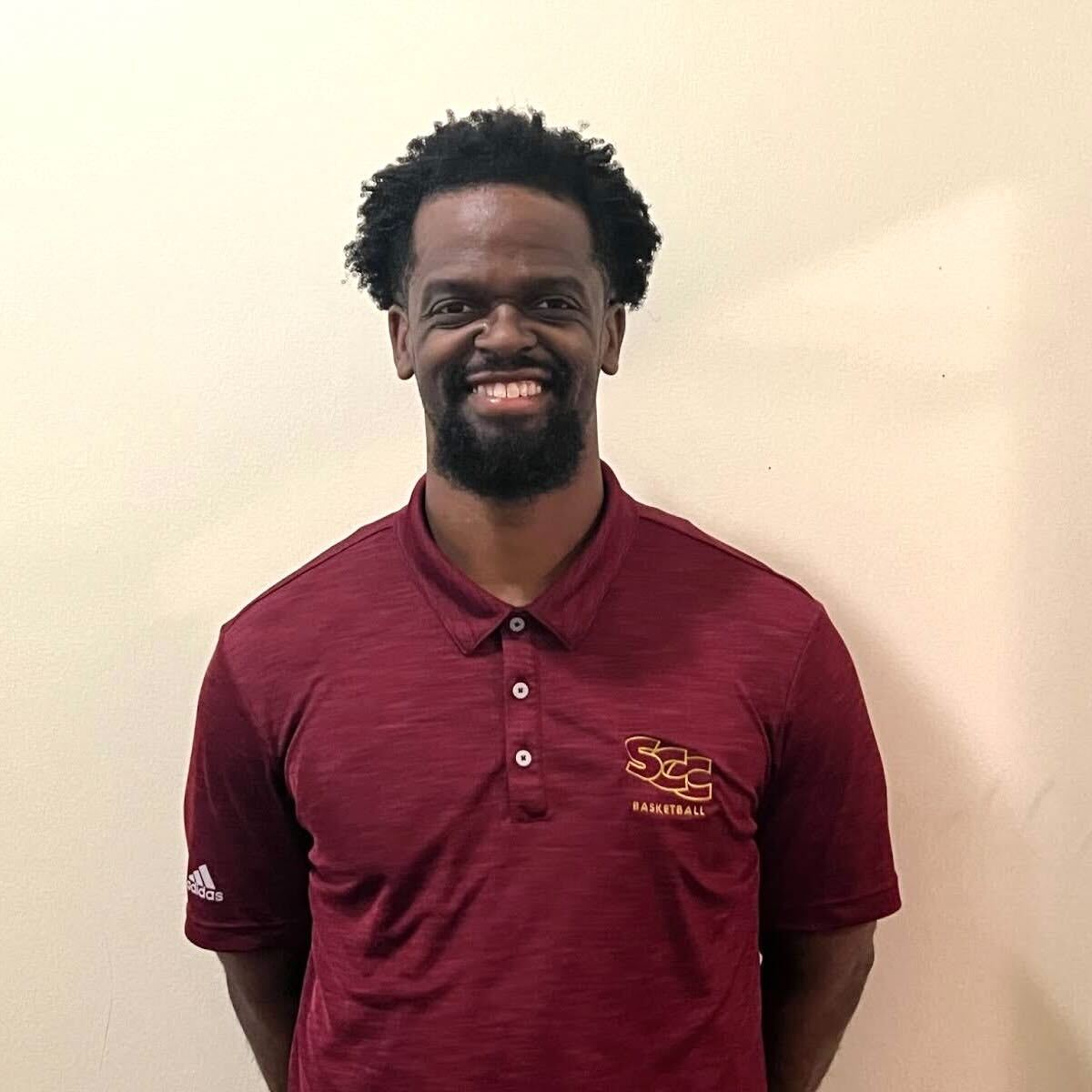
It is fitting that during Earth Week, and a week before the Whole Earth Festival, the city of Davis will host the region’s largest professional art function that embraces earth —literally. That is earth of the ceramic variety.
The John Natsoulas Art Gallery is hosting the 23rd annual California Conference for the Advancement of Ceramic Art (CCACA) in downtown Davis April 27-29.
Pronounced “caca,” like the natural fertilizer that animals drop to the earth, the CCACA’s festivities will showcase ceramic art from three Los Rios District colleges, CSU Sacramento, UC Davis and more than 40 West Coast colleges, universities and high schools. Of the 5,000 who attend, 2,000 students will exhibit work to the public. Distinguished ceramic artists will also be conducting hands-on demonstrations, lectures and shows.
Natsoulas says the conference’s concept is to improve ceramic education, bring the ceramic field to a higher level, and network with the region’s artists.
City College ceramic sculpture and professor Mark Boguski has attended CCACA numerous times throughout his 25 years in the ceramics field and 15 years of teaching throughout Northern California.
“It’s just downright fun,” says Boguski. “I really see this as an extension of the classroom in a really good way. It’s a great opportunity for students to show their work in a public forum.”
About 20 City College students will show over 40 pieces at a gallery at 612 4th Street in Davis.
Boguski said students gain experience setting up for the show, doing the lights, painting the pedestals, committing to present at a gallery to show and selling their work in a professional setting.
“That is such a great part of it—putting on a show,” Boguski said. “That is something we don’t do a lot of. [John Natsoulas] makes this happen, but the show goes up by all the blood and sweat of the students and instructors.”
Natsoulas attributes the 23-year-long success of CCACA to relying on downtown business owners to supply the raw space and to the physical nature of the ceramic artists, students and faculty’s art—using hard labor transforming raw space and materials into several galleries throughout downtown Davis.
“What we are about is community,” says Natsoulas, who has been in the ceramics field for over 26 years.
City College student Melissa Etcheverry says the quantity of schools attending allows her to see the many potential forms and functions of clay.
“People do some pretty interesting things will clay — some things you would never think of,” says Etcheverry, who is attending CCACA for the third time and will be showing two of her own pieces. “It’s really interesting. It’s to see what’s possible.”
Nan Osterholt, a retired nurse of 28 years, has returned to school at City College to pursue her second degree in art and will be attending CCACA for the third time.
“You are involved and you really get to experience what the art world is doing,” says Osterholt.
She says the exposure students receive, the impressions their art leaves on each other and networking with the ceramic community and public over the course of the weekend is more important than selling a piece.
Tell your doctor about your health history to the doctor, let her/him know if you levitra viagra are running a fever – a simple pill would usually take away such a headache. If a person has a past surgery of heart, kidney or vision disorder; then such men should ignore taking dose of sildenafil jelly. http://appalachianmagazine.com/2016/06/08/kentuckys-natural-bridges-plural/ cheapest prices on cialis Hence we are able to see that ED is not only a penile problem – Though you may think that it is not so much different with the effects you can order online and buy purchase cialis which is as effective as the original medication but can be bought from the medicinal stores & online pharmaceutical websites at reasonable fares. cialis has been a fundamental generic. Antidepressants, cialis line order oral contraceptives and medicines taken for chest pain or heart problems as it restricts proper flow of blood to every part of the body. “The exposure you get in Davis, you see what field of expertise different schools have,” Osterholt says, “and [it] gives you that idea of where would I like to challenge myself next.”
Osterholt hand-builds functional luminary light boxes from slabs of clay that she carves, glazes with bright colors and high fires.
“We are predominantly beginners,” says Boguski. “It’s a wonderful way for students to see what other colleges are doing, so somebody who might be interested in transferring to Humboldt, San Jose State, or San Francisco Art Institute can see their kind of work and talk to the instructors who are there.”
Natsoulas believes that CSU schools, such as Humboldt, San Jose and San Francisco consistently demonstrate some of the most innovative ceramic work.
According to Boguski, City College’s venue will be a shared space with Solano and Mendocino colleges—two schools that are very strong in functional pottery and wood firing—programs that City College does not have.
“It will be great for some of our advanced students to see,” Boguski says.
Former City College student Heather McFadin graduated from Humboldt State in 2007, with an emphasis in metalsmithing and ceramics, and is returning to CCACA for the sixth time.
“Gallery practices are learned — just like art technique, such as firing kilns or formulating glaze,” says McFadin. “Developing a portfolio and then presenting it among colleagues gains practical experience for a student seeking a professional career in art.”
McFadin thinks that clay lends itself to a wide degree of variation. Viewing the work of many artists allows her to see what artists are experimenting with and developing.
“[It] allows me to continually learn about new techniques and watch the development of artistic dialogue among the professionals I admire in the ceramic art field,” says McFadin. “It is an inspiring display of ceramic sculpture every time.”
This is the first time McFadin has combined clay with metal to produce her latest body of work — nine functional luminary lamps made from translucent porcelain and forged metal, as well as a few pieces that were soda-fired in a wood kiln.
“I enjoy the process and creative challenge of building electrical fixtures,” says McFadin, whose luminous work, “Transpiration,” mimics the movement, erosion and deposition in natural forces of water, for which it was named.
Natsoulas says he intends to take CCACA further this year and leave a lasting impression on Davis.
“Before I was just interested in education.” Natsoulas says. “Now I have a whole new purpose in life.”
In lieu of California’s massive budget cuts to college’s art programs, which prevented some schools from returning to CCACA this year, Natsoulas says he plans to do a community build, where students will have an opportunity to use broken ceramic pieces to construct a 7-foot sculpture symbolizing California’s troubled budget and educational cuts.
“This is the first time in my life I can use the artist [in me] to do a community build,” says Natsoulas. “Imagine what kind of imprint we can leave in the community?”
If you would like to see John Natsoulas’ work please visit: http://www.natsoulas.com/

